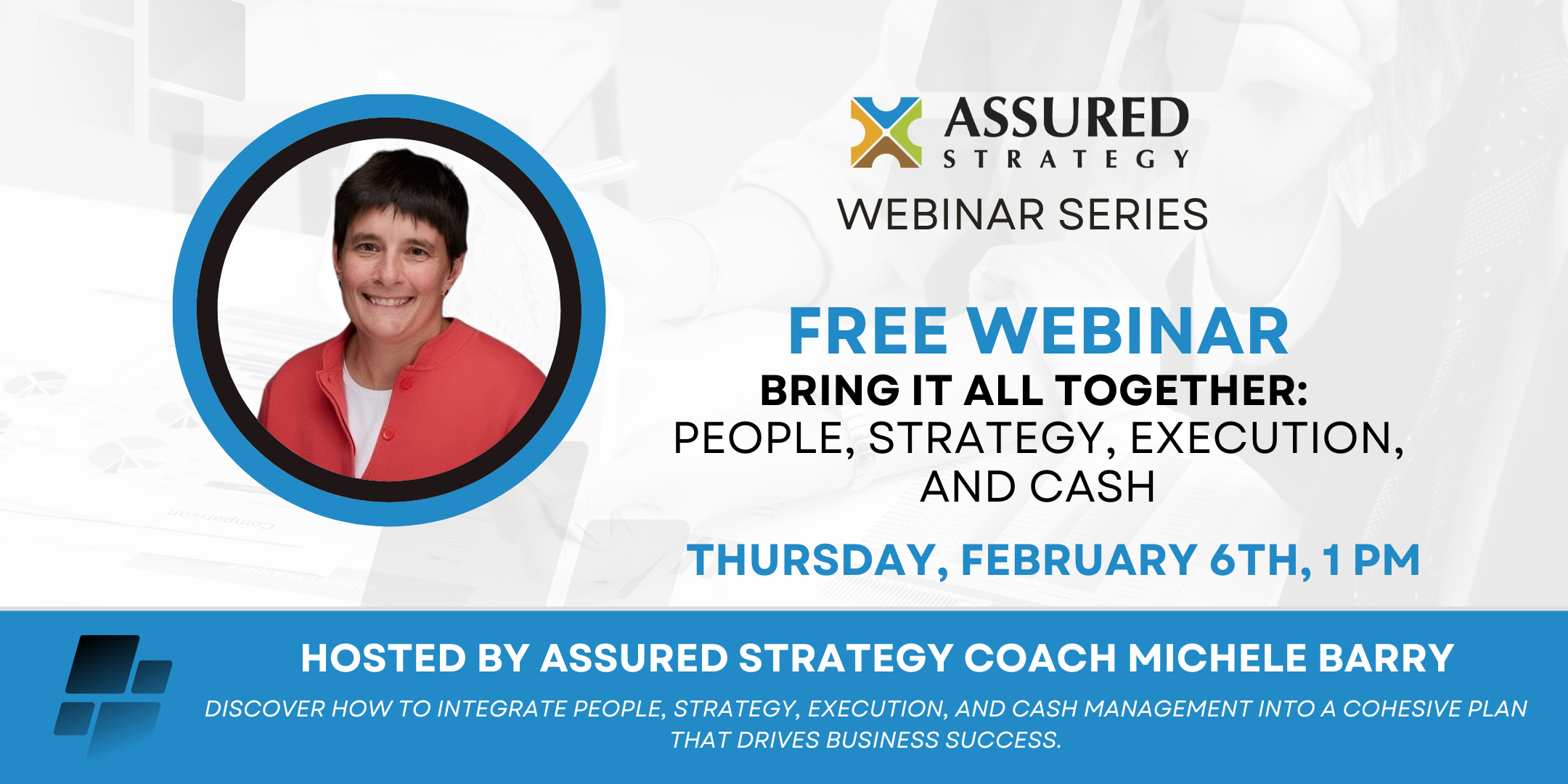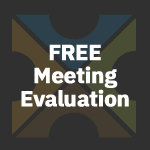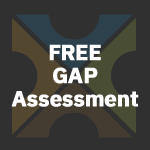
Brene’s presentation hit home because teams can’t begin to build deeper trust without showing vulnerability through dropping the mask of self-protection we all wear. The idea of wearing a mask of self-protection is familiar to me. I joined my first executive team in my mid-twenties. I was the youngest at the table, and I recall often thinking that at any moment someone was going to call me out for “not deserving a seat at that table”. Now, in my forties, I can look back and see that my insecurities were self-imposed and recognize that I deserved a seat at the table. As I mature in life and gain leadership experience, I’m better at lowering my mask and I’m more willing to openly show my vulnerability with teammates.
Brene shares that we spend more than half our lives at work, and we have a responsibility as leaders to show up and lean into tough conversations with our authentic voice. She states, “Brave leaders are never silent around the hard things, our job is to excavate the unsaid.” That requires courage and vulnerability.
The following is a summary of Brene’s Myths of Vulnerability:
-
- “Vulnerability is weakness”
The definition of vulnerability is uncertainty, risk, and emotional exposure. Is there any example of courage that did not require uncertainty, risk, or emotional exposure? There is no courage without vulnerability. We are taught to believe that bravery is good and vulnerability is weakness, yet the truth of the matter is that it takes bravery to be vulnerable. - “I don’t do vulnerability”
Yes you do. In life, you do vulnerability knowingly or vulnerability unknowingly finds you. Either way, all of us have experiences that test our ability to be authentically vulnerable. It’s so much easier to cause pain than feel pain. People take their pain and work it out onto other people. When you don’t acknowledge your vulnerability, you work your crap out on other people, and usually it’s the people who you love the most. - “I can go it alone”
We are neurobiologically wired for social connection. You are never alone. Having social uncertainty, taking risk, and/or opening yourself up emotionally isn’t done in a dark room by yourself. It takes social connection to be vulnerable. - ”You can engineer the uncertainty and uncomfortability out of vulnerability”
There isn’t an algorithm of when it’s ok to be vulnerable with other people. If you aren’t feeling uncomfortable, it’s not vulnerability by definition. There is no app for this. It takes real action on your part. - “Trust comes before vulnerability”
Yes and no. It’s a slow stacking over time of the dance between these two elements. To gain deeper trust you have to show deeper vulnerability. Deeper vulnerability results in deeper trust if you feel honored in what you shared. You don’t lead with the most vulnerable aspects of yourself. That’s called having poor boundaries. Poor boundaries isn’t vulnerability (see #6). You share with people who have earned the right to hear your story. Your story is a privilege. - “Vulnerability is disclosure”
I love how Brene describes this one, “Live tweeting your bikini wax isn’t vulnerability. That’s called poor boundaries.” You don’t measure vulnerability by the amount of disclosure. You measure it by the amount of courage to show up and be honest in a conversation when you can’t control the outcome of how someone is going to respond.
- “Vulnerability is weakness”
In reflection over my career, I know I’ve worn many protective masks, and I recognize that the safe place for me to operate is with the mask of a competent, intelligent, type-A go-getter that achieves what I set my mind to. That woman I outwardly know, that woman feels safe to present to the world. What’s harder is being vulnerable and letting people into my inner world of doubts, fears, and emotional pain. It takes courage and bravery to be vulnerable. If you are not leaning into uncertainty, risk and emotional exposure and feeling uncomfortable, you aren’t being brave. How brave are you as a leader? Are you building the trust with your team necessary to climb the pyramid towards true results?





